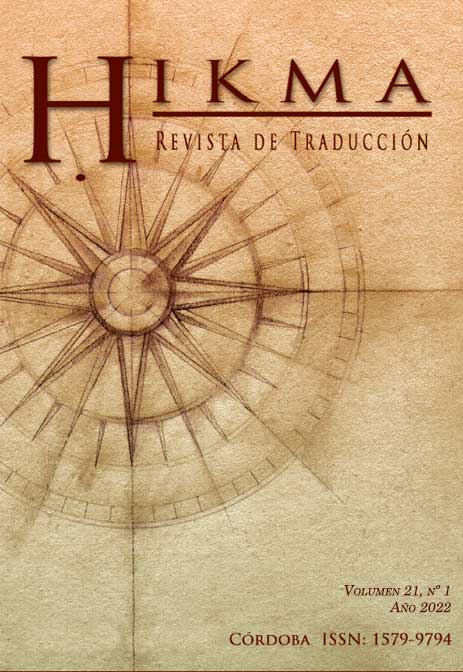Translation, journalism and disinformation: conspiracy theories in Global Research
Main Article Content
Abstract
The appearance of covid-19 in 2020 triggered disinformation in all its forms and gave birth to new conspiracy theories spread by different journalistic organizations, among which Global Research. This study analyzes the role of translation in the production and dissemination of journalistic disinformation. To do this, we have analyzed a corpus of articles related to covid-19 translated from March to December 2020 in Globalización, the Spanish edition of Global Research. During the analyzed period, the translation contributed to the dissemination of conspiracy theories elaborated to influence the opinion of Spanish-speaking audiences. Combining the comparative content analysis with framing theory, the study shows that the articles translated in Globalización favoured specific frames for their dissemination, coinciding with the conspiracy theories about the pandemic disseminated on the web in English. The analysis and description of these frames make it possible to detect the discourses that constitute the ideological agenda of this journalistic organization and analyze how the translation acted on that agenda.
Downloads
Article Details

This work is licensed under a Creative Commons Attribution-NonCommercial-ShareAlike 4.0 International License.
Authors who publish with this journal agree to the following terms:
1. Authors retain copyright and grant the journal right of first publication with the work simultaneously licensed under a Creative Commons Attribution License that allows others to share the work with an acknowledgement of the work's authorship and initial publication in this journal.
2. Authors are able to enter into separate, additional contractual arrangements for the non-exclusive distribution of the journal's published version of the work (e.g., post it to an institutional repository or publish it in a book), with an acknowledgement of its initial publication in this journal.
3. Authors are permitted and encouraged to post their work online (e.g., in institutional repositories or on their website) prior to and during the submission process, as it can lead to productive exchanges, as well as earlier and greater citation of published work (See The Effect of Open Access).

